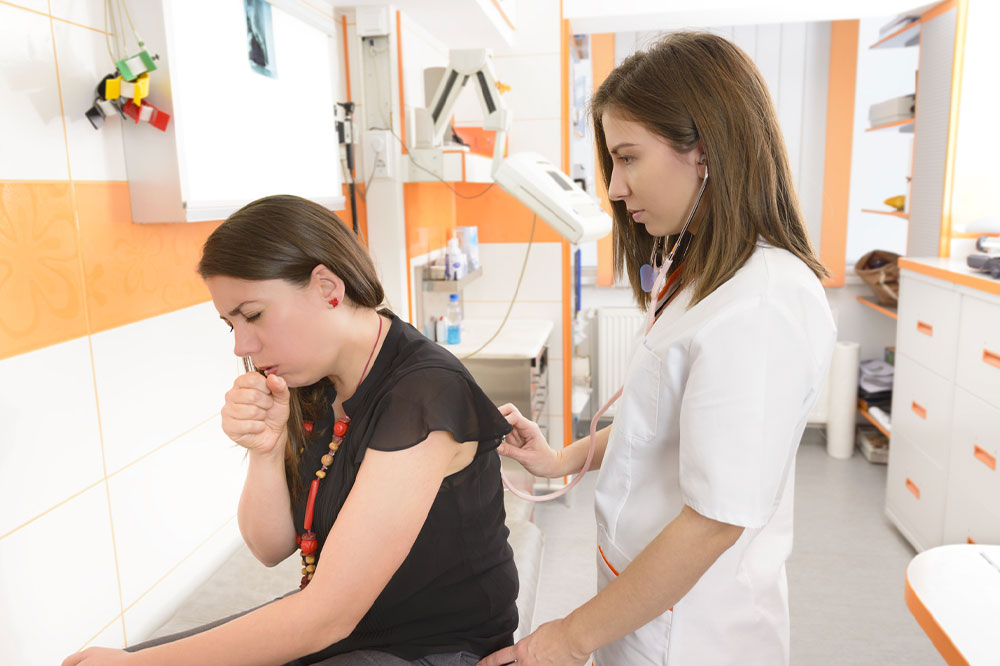
Pneumonia – Causes, symptoms, types, and management
Pneumonia is a prevalent illness that infects the air sacs in one or both lungs, leading to inflammation. Depending on the severity of the infection, the air sacs may get filled with pus or fluid. This, in turn, can cause coughing with phlegm or pus and difficulty breathing in patients. Here, we look at the common causes, symptoms, types, and treatment options for pneumonia to help manage the ailment better.
Causes
The condition mainly results from viruses or bacteria:
Viral pneumonia
The disorder can be caused due to viruses like the rhinovirus, respiratory syncytial virus, and other viruses that cause the flu or influenza. Viruses are responsible for one third of cases.
Bacterial pneumonia
The condition can be caused by various bacteria, but the most common trigger is Streptococcus pneumoniae. This bacteria usually attack an immune system that is already weak, maybe due to a fever, cold, or another illness. While it can affect anyone, people with unhealthy habits are at higher risk of contracting this bacteria.
Mycoplasma pneumonia
Often called atypical pneumonia, this is a mild but wildly spread pneumonia caused by the Mycoplasma pneumoniae bacteria. It can affect people of all age groups.
Symptoms
The signs include chest pain while breathing or coughing, fatigue, fever with sweats and shaking chills, vomiting, diarrhea, nausea, cough with phlegm, and shortness of breath. Symptoms like confusion or changes in mental awareness, along with lower-than-normal body temperature, are common in adults over 65.
Types
The common types of this condition are:
Hospital-acquired pneumonia
This type can be contracted through a long stay at a hospital. The risk is high if the person is on a breathing machine, cannot cough vigorously to clear out the lungs, has a tracheostomy tube that helps to breathe, or if the immune system is weak enough not to fight a new illness.
Community-acquired pneumonia
It can be caused by bacteria, viruses, or fungi. If a person breathes food, fluid, or vomit into the lungs, they are also at risk of aspiration pneumonia. So, it is essential to cough the material out to prevent the bacteria from multiplying in the lungs.
Walking pneumonia
This is a mild type that does not have any severe symptoms. Patients might experience a fever, cough, and headache and confuse it with a regular common cold. A simple treatment plan will help.
Treatment options
Doctors may recommend the following options to treat the condition:
Cough treatments
While coughing helps loosen the fluid from the lungs, coughing constantly can get uncomfortable. So doctors suggest the lowest dosage of cough treatments that helps the person feel better while also coughing out the infected fluid.
Antibiotics
It can take some time to determine which bacteria is causing the problem. So, the doctor may first prescribe a basic treatment to help calm the symptoms. If that does not work, they may recommend antibiotics after a more careful diagnosis.
Pain treatments
These are usually suggested to help relieve the uncomfortable feeling throughout the term of the illness.







